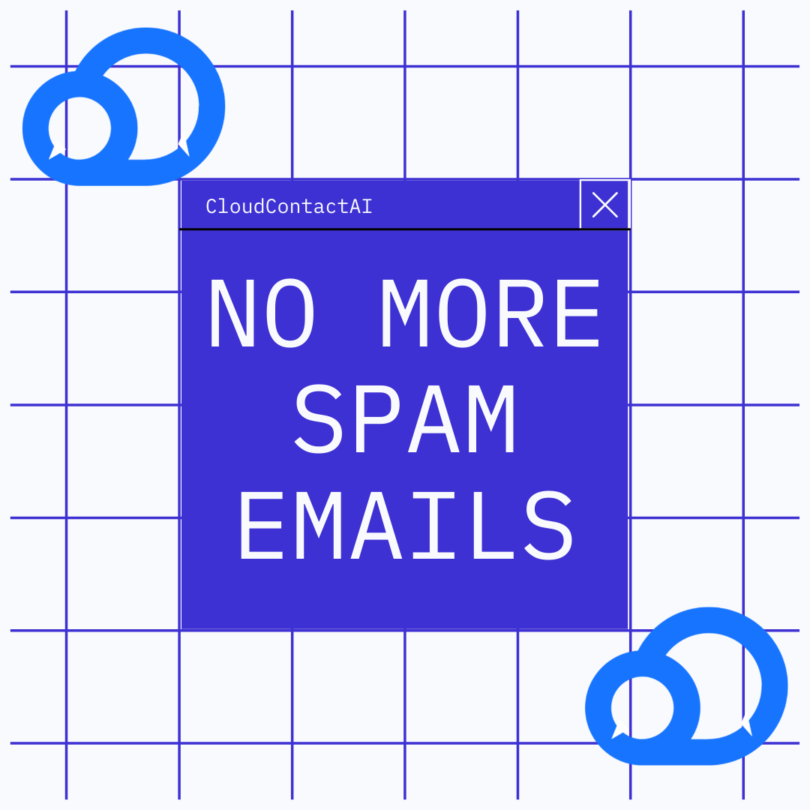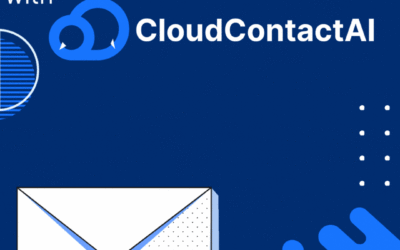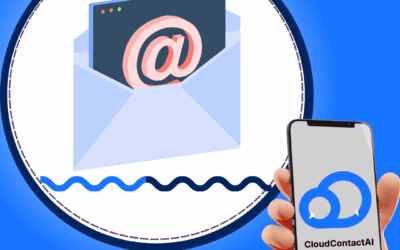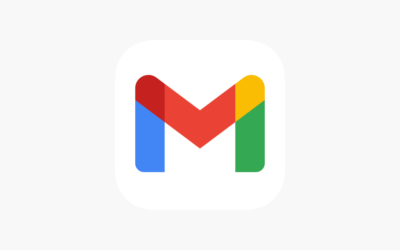What is Spam?
Before answering the question, “Why are my emails going to spam?”, we need to define what spam is.
Spam refers to unwanted or unsolicited messages that are sent to a large number of recipients. These messages are typically commercial in nature and are sent by businesses or individuals who are looking to promote their products, services or ideas. The term “spam” comes from a Monty Python sketch in which a group of Vikings repeatedly chant the word “spam” while drowning out all other conversation.
Spam messages often contain advertising or promotional content, and may include links to websites, products or services. They are sent without the recipient’s permission and may even be sent to people who have never had any contact with the sender. Spam is a major problem for email users as it clogs up their inboxes and can make it difficult to find important messages.
One of the main ways in which spammers obtain email addresses is through the use of automated tools that can search the web for email addresses. These tools are able to crawl through websites and forums, looking for email addresses that have been posted publicly. Spammers may also buy email lists from other businesses or individuals who have collected email addresses through other means, such as sign-ups for newsletters or contests.
Spammers may use a variety of techniques to try and get their messages past spam filters and into the inboxes of recipients. These techniques may include using misleading subject lines, using images instead of text in the message body, or using tactics like “clickbait” to encourage recipients to open the message. Spammers may also use techniques like “spoofing” to make it appear as though the message is coming from a legitimate sender.
Despite the efforts of email service providers to combat spam through the use of filters and other techniques, spam continues to be a major problem for email users. Some estimates suggest that up to 45% of all email traffic is spam. It is important for email users to be vigilant and to take steps to protect themselves from spam, such as using filters, avoiding posting their email address publicly, and being cautious about clicking on links in unsolicited messages.
Why Are My Emails Going to Spam?
While it’s a positive thing that email service providers try to prevent users from receiving spam Email, it’s also problematic in the sense that good, quality emails are also often flagged as spam. As anyone in business knows, this can be incredibly frustrating.
There are a number of factors that contribute to emails going to spam. Let’s dive into some!
Content
The first factor is the content of the email. If the email contains words or phrases that are commonly associated with spam , such as “free”, “win”, “limited time offer”, or “guaranteed”, it is more likely to be marked as spam email. Similarly, if the email contains a large number of links, it may be considered spam.
Sender Reputation
Another factor that contributes to emails being marked as spam is the sender’s reputation. The reputation of the sender is determined by several factors, including the sender’s email address, the IP address of the server from which the email was sent, and the domain name of the sender’s website. If the sender has a poor reputation, the email is more likely to be marked as spam.
Recipient Engagement
Something else that can make an email get marked as spam is the recipient’s engagement with previous emails from the sender. If the recipient has not engaged with previous emails from the sender, such as opening the email or clicking on links, it is more likely that future emails will be marked as spam.
Formatting
The fourth factor that contributes to emails being marked as spam is the email’s formatting. If the email contains a large amount of HTML, it’s likely to be considered spam. Similarly, if the email contains a large number of images or attachments, it may be marked as spam.
Authentication
Finally, the final factor that can make an email get marked as spam is the email’s authentication. Authentication is the process of verifying that the email is actually from the sender and has not been modified during transmission. There are several authentication protocols, including SPF, DKIM, and DMARC. We will cover these further in depth throughout this series.
Try Our Premium SMS Platform for Free!
Ready to take advantage of the many benefits that SMS (text messaging) has to offer?
Sign up for our 14-day free trial today to start boosting engagement, increasing open-rates, and making sales. Do more with CloudContactAI.
How to Prevent Your Emails from Going to Spam (Email Best Practices)
Use a Trusted Email Service Provider
One of the most important things you can do to avoid emails getting marked as spam is to use a trusted email service provider. The service provider you choose should have a good reputation, and its servers should be whitelisted by most email service providers.
Using a reputable email service provider also means that your emails will be sent from a known IP address. Email providers use spam filters that are designed to identify and block emails sent from suspicious or unknown IP addresses. Therefore, using a reputable email service provider can help ensure that your messages are not flagged as spam.
Get Permission from Your Subscribers
Another essential practice to follow is to get permission from your subscribers before sending them emails. Sending unsolicited emails to people who have not given you permission to do so is not only annoying but can also be illegal in some jurisdictions.
When someone subscribes to your email list, make sure to send a confirmation email asking them to confirm their subscription. This way, you can be sure that the person genuinely wants to receive emails from you. Additionally, include an easy opt-out option in every email to allow subscribers to unsubscribe if they wish.
Avoid Using Spam Trigger Words
Spam filters use algorithms that scan the content of an email to determine whether or not it’s spam. One way to avoid triggering these filters is to avoid using words commonly associated with spam.
Examples of spam trigger words include “free,” “money-back guarantee,” “discount,” and “buy now.” While these words may be tempting to use in promotional emails, they can trigger spam filters and cause your messages to be marked as spam.
Include a Text Version of Your Email
Email providers often block images and HTML content to protect users from potentially harmful content. Therefore, it’s essential to include a text version of your email that can be read by anyone, regardless of their email provider’s settings.
Including a text version of your email also ensures that the content of your message is accessible to people with visual impairments or those using assistive technology.
Monitor Your Email Deliverability
Finally, it’s essential to monitor your email deliverability regularly. Email service providers often provide metrics such as open rates, click-through rates, bounce rates, and spam complaint rates, which can help you determine whether your emails are being delivered to your subscribers’ inboxes or marked as spam.
If you notice that your emails are being marked as spam, try to identify the cause and take steps to rectify the issue. It’s also a good idea to periodically check the spam folder of your email service provider to ensure that your emails are not being flagged incorrectly.
Closing Thoughts
In conclusion, spam emails remain a significant problem, and it is crucial to know what contributes to emails being marked as spam. Email users must understand that factors such as email content, sender reputation, recipient engagement, email formatting, and authentication all play a crucial role in determining whether an email will be marked as spam or not. By following best practices such as cleaning up email lists, using reputable email service providers, and avoiding spam triggers, email users can improve their email deliverability rates and avoid having their emails marked as spam.
What Industries Can Utilize SMS Marketing?

Automotive

Banking

Debt Collection

Gyms

Healthcare

Hospitality

Political Campaigns

Real Estate

Retail

Restaurants

Sports Facilities

Veterinarians
Not sure if you’re ready to revolutionize the way your business communicates? Sign up for our 14-day free trial!
What do you have to lose?





